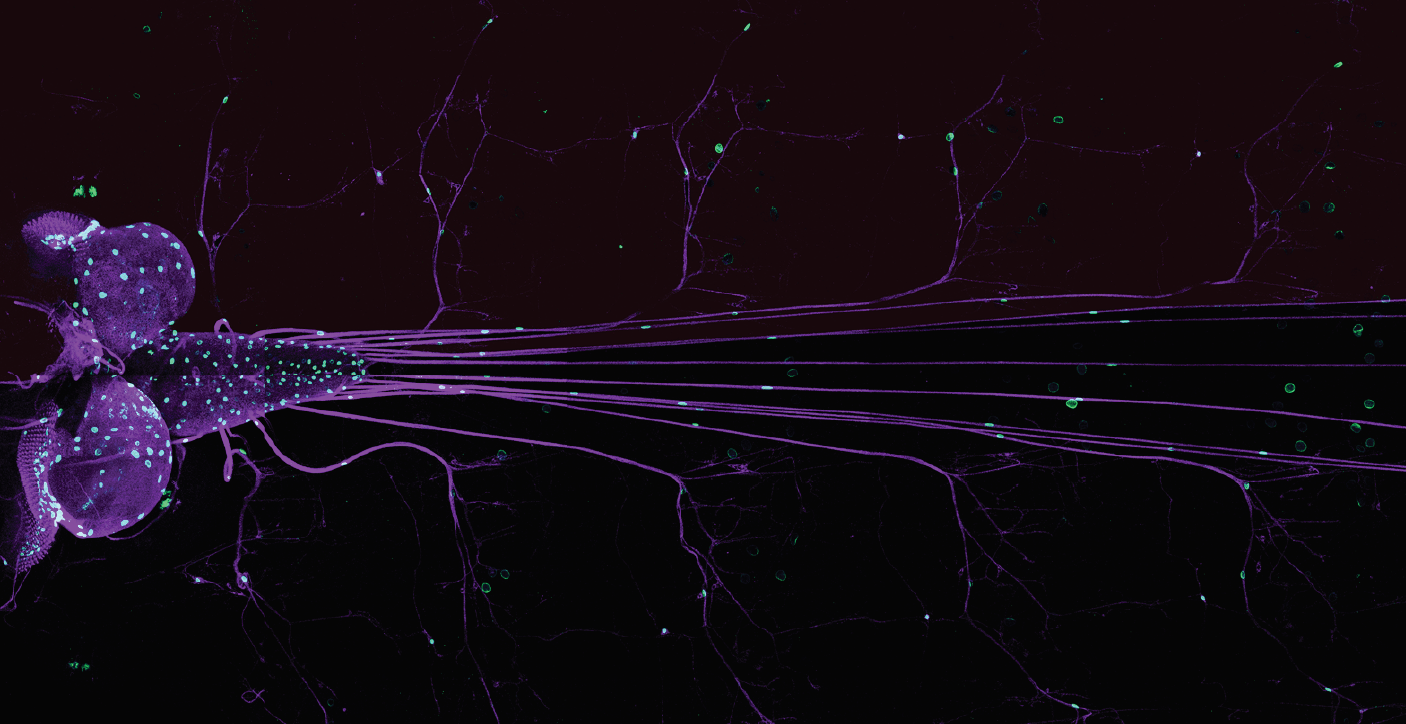
© R. Kottmeier - C. Klämbt

We will focus our efforts on understanding the formation and maintenance of septate junctions that are essential for establishing a functional blood-brain barrier. In particular, we aim to unravel the relevance of tri-cellular junctions. We will analyse how the lateral growth of septate junctions is organized during larval stages and how cell polarity is established and maintained in the glial cells that form the blood-brain barrier. In a second step, we will address the contribution of tri-cellular junctions to the penetration of macrophages that are attracted by tissue damage within the brain.
Research area: Neurobiology
Prof. Dr. rer. nat. Christian Klämbt
Prof. Dr. rer. nat. Stefan Luschnig (since 07/2016)
Dr. Stefanie Schirmeier (since 07/2016)
Funding period: July 2012 - June 2024
Original articles
Reviews